Salads are a great way to add filling and nutritious veggies to your meals, but they can also get boring fast. Swapping the traditional bases of romaine, spring mix or iceberg lettuce for new and interesting leafy greens can help mix up textures and flavors, keeping your salads fresh and exciting.
Read on for inspiration on the best lettuce for salads when it comes to both flavor and nutrition content. The benefits are twofold: not only will expanding the variety of greens in your diet satisfy your taste buds, but it will also provide a broader range of nutrients to keep your body running at its best.
Health Benefits of Leafy Greens
Brimming with antioxidants, vitamins, minerals and phytochemicals, leafy greens offer a myriad of health benefits. Experts have linked diets rich in leafy greens with reduced risks of cancer, digestive issues, heart disease, diabetes and cognitive decline.
Additionally, eating more leafy greens is great for your waistline. Low in calories but high in fiber and water, leafy greens help you feel full longer, making them an excellent choice for anyone watching their weight.
For these reasons, the Nutrisystem plans encourage the inclusion of unlimited leafy greens in your diet. Now that you understand their health benefits, let’s dive into the many delicious ways these versatile, superfood veggies can take your salads from ordinary to extraordinary.
7 Flavorful and Nutritious Greens to Try in Your Salad
1. Kale
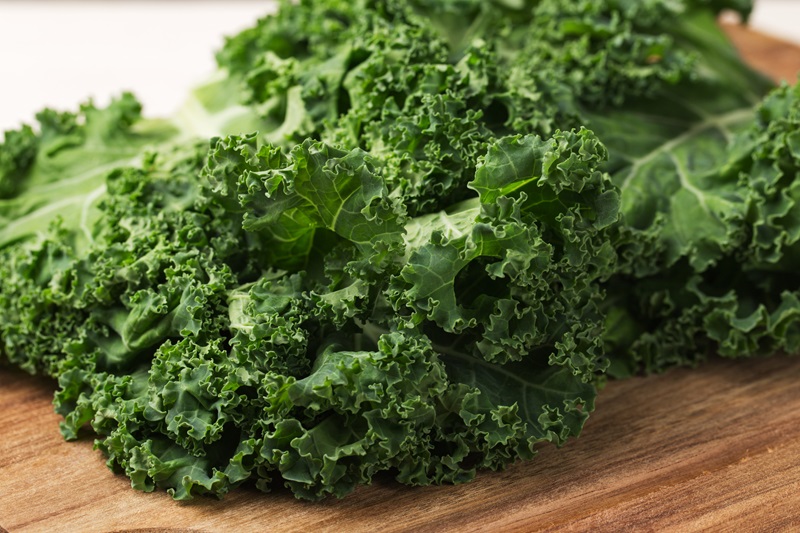
Kale’s curly edges add visual interest to your meals, and its earthy, slightly peppery taste can help salads feel heartier.
A great source of vitamin C, kale helps support your immune system and is also packed with vitamin K and calcium to help keep your bones strong. Additionally, kale contains two essential phytochemicals – lutein and zeaxanthin – that support healthy eyes.
Try this: Cut kale into bite-sized pieces and toss into a salad with salty, sweet or tangy ingredients like parmesan cheese, nuts, seeds, dried cranberries, apples, lemon or garlic.
2. Cabbage
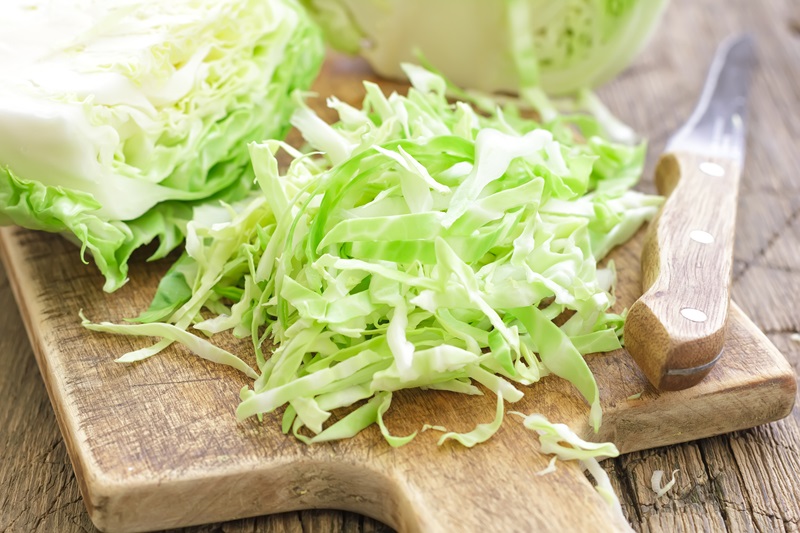
Thin-sliced cabbage can add a satisfying crunch to any salad. Cabbage can also be pickled and used as a flavorful topping.
A member of the cruciferous family of vegetables, cabbage helps fight the chronic inflammation that underlies many metabolic diseases like obesity and diabetes.
Try this: The slightly bitter cabbage flavor pairs well with vinaigrettes, mustards and sweet flavors. Combine thinly sliced cabbage with a light vinaigrette, slivered almonds and mandarin orange slices.
3. Spinach
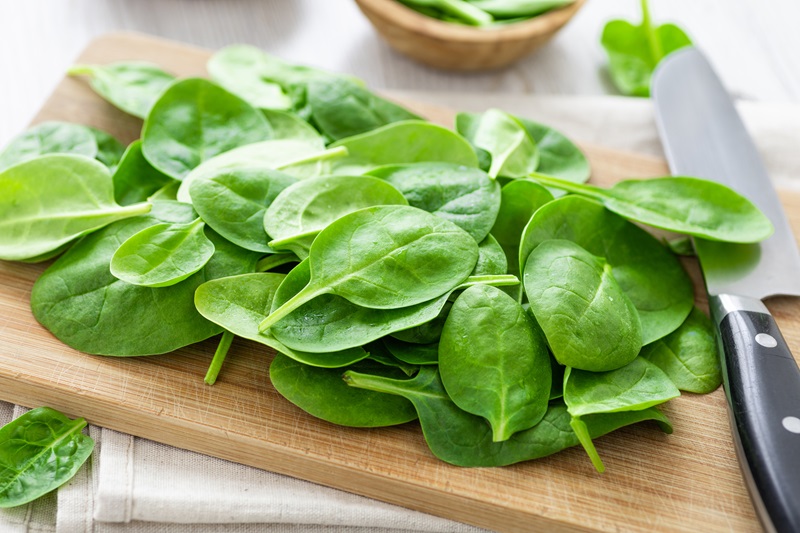
Spinach is a great place to start branching out from your standard lettuce greens. It has a slightly sweet, mild taste that most people enjoy.
Swapping spinach for standard iceberg lettuce can more than double your intake of iron, vitamin C, folate and vitamin A.
Try this: Pair spinach with seasonal ingredients and flavors, like we did in this Fall Spinach Salad recipe paired with Apple Vinaigrette. You could also toss spinach with balsamic vinaigrette, strawberries and feta cheese.
4. Dandelion Greens
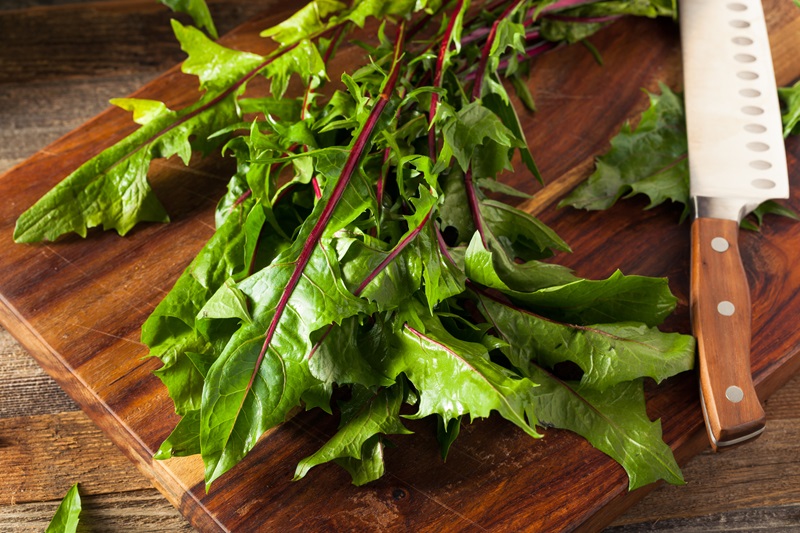
If you’re the type that likes black coffee or a strong IPA, dandelion greens are a great choice to add some pungent, zesty bitterness to your salads.
Studies have shown that these greens’ fiber, antioxidants and potassium may help reduce blood pressure and cholesterol.
Try this: Sweet and salty ingredients help balance out the bitterness of these greens, so pair them with fruits, cheeses and nuts. Try combining dandelion greens with sundried tomatoes and a vinaigrette.
5. Watercress
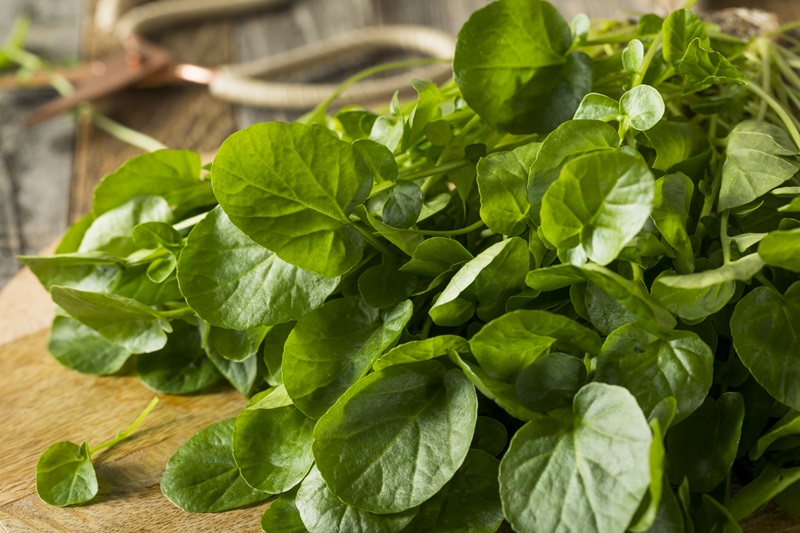
Watercress can add a crack of spiciness to your salads. Plus, one study found watercress contains a staggering 40 different antioxidant compounds, the most out of the other 12 cruciferous vegetables tested.
Watercress also contains nitrates, a dietary compound that helps keep blood vessels healthy.
Try This: Combine spicy watercress with creamy avocado and bright tomatoes.
6. Arugula
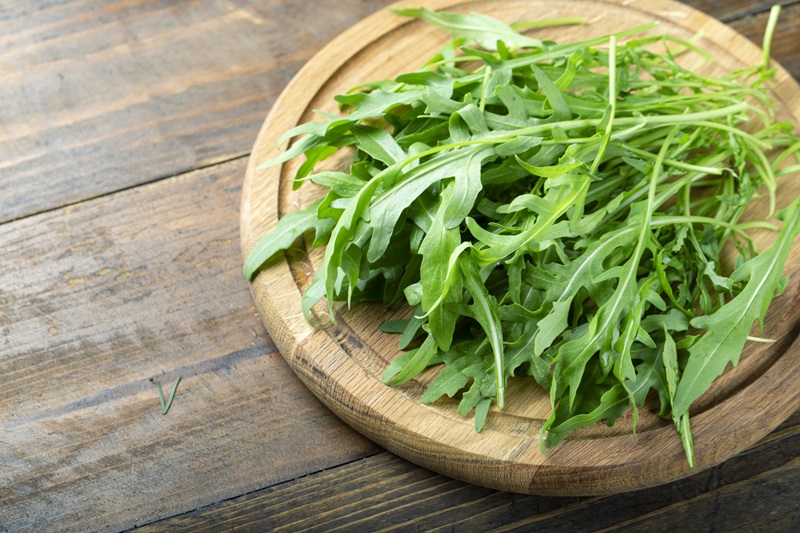
You can skip the fresh cracked pepper on your salads when you include the peppery flavor of arugula. Arugula’s unique shaped leaves also help keep each bite interesting.
Like other cruciferous leafy greens, it contains glucosinolates, a nutrient compound linked to a reduced risk of certain types of cancer.
Try This: Pair arugula with shaved parmesan cheese and a lemon vinaigrette. Check out these other healthy arugula recipes.
7. Endive
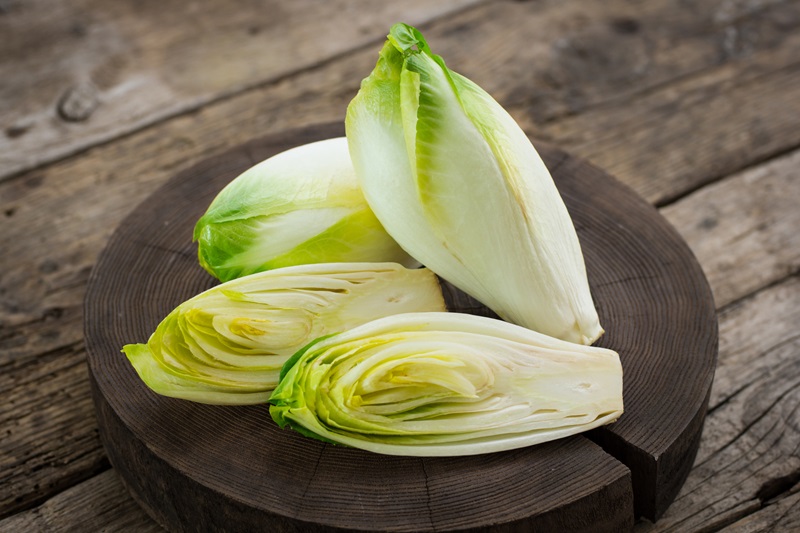
Endive offers a crunchy, bright, slightly bitter flavor. Its firm texture also means you can use the leaves in place of chips, crackers or bread for dips, chicken or tuna salad.
Part of the chicory family, the fiber content of endives helps improve digestive health and manage blood sugar. Endive also provides a good source of folate, vitamin K and potassium.
Try This: Pair endives with thinly sliced apples and a light vinaigrette.
Conclusion
There is no need to stay stuck in a salad rut; endless varieties of leafy greens are available to help you infuse freshness and flavor into a lackluster side dish.
Whether you’re in the mood for the satisfying crunch of cabbage, the peppery zing of arugula or the earthy depth of kale, each green brings its own unique combination of taste and nutrition to the table.
Have fun exploring each option, breaking the monotony of your traditional green salad and propelling you toward your health goals!
References
- Navarro SL, Schwarz Y, Song X, et al. Cruciferous vegetables have variable effects on biomarkers of systemic inflammation in a randomized controlled trial in healthy young adults. J Nutr. 2014;144(11):1850-1857. doi:10.3945/jn.114.197434
- Kania-Dobrowolska M, Baraniak J. Dandelion (Taraxacum officinale L.) as a Source of Biologically Active Compounds Supporting the Therapy of Co-Existing Diseases in Metabolic Syndrome. Foods. 2022;11(18):2858. Published 2022 Sep 15. doi:10.3390/foods11182858
- Li Z, Lee HW, Liang X, et al. Profiling of Phenolic Compounds and Antioxidant Activity of 12 Cruciferous Vegetables. Molecules. 2018;23(5):1139. Published 2018 May 10. doi:10.3390/molecules23051139
- Lidder S, Webb AJ. Vascular effects of dietary nitrate (as found in green leafy vegetables and beetroot) via the nitrate-nitrite-nitric oxide pathway. Br J Clin Pharmacol. 2013;75(3):677-696. doi:10.1111/j.1365-2125.2012.04420.x
- National Cancer Institute. Cruciferous Vegetables and Cancer Prevention. National Cancer Institute. Published 2010. https://ift.tt/y7b2Zld
The post Best Lettuce For Salad: 7 Leafy Greens That Pack a Nutrition and Flavor Punch appeared first on The Leaf.
from The Leaf https://ift.tt/EheHwZW
source https://weightlossofrecipes.blogspot.com/2023/11/best-lettuce-for-salad-7-leafy-greens.html



0 Comments